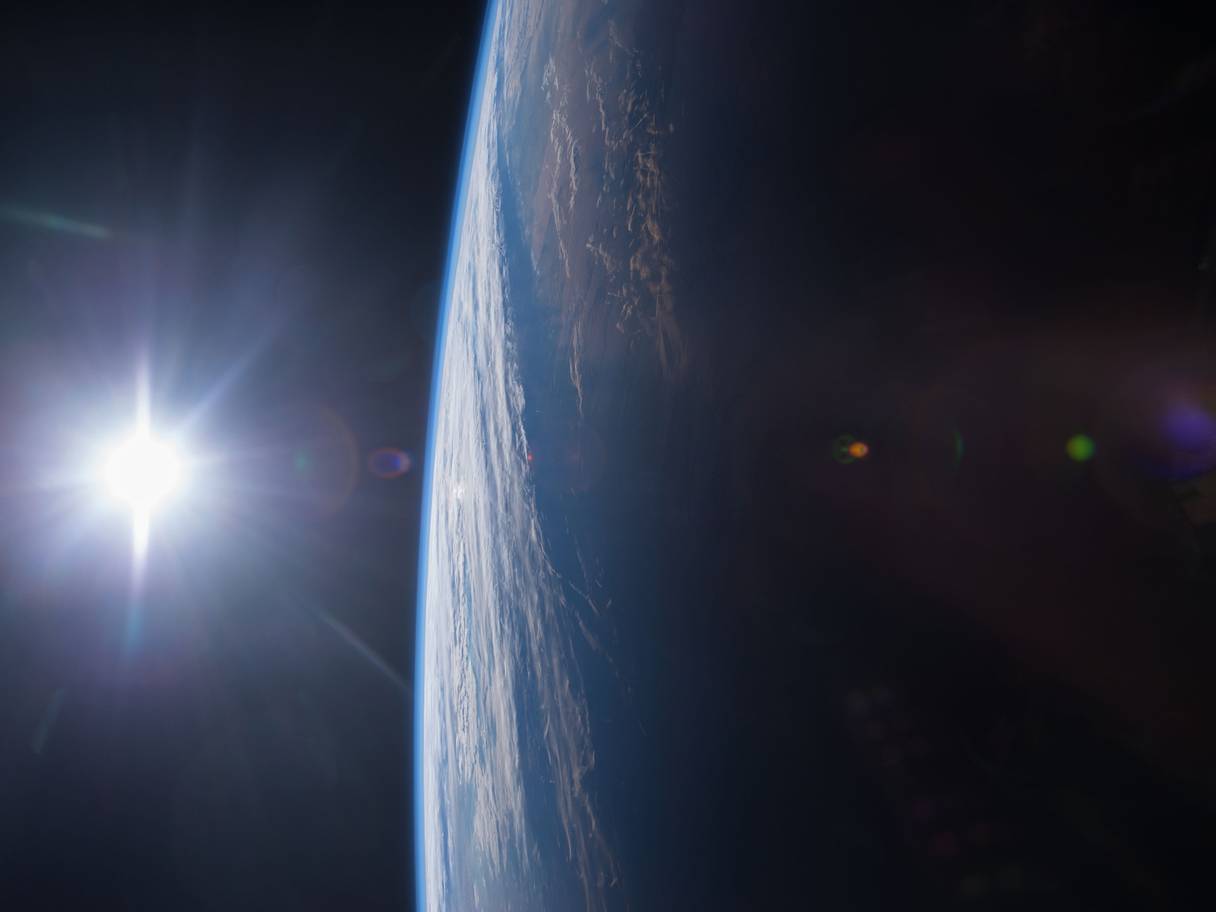 Scientists have spotted repeated blast of radio signals coming from deep in space.
Scientists have spotted repeated blast of radio signals coming from deep in space.
The breakthrough is only the second time scientists have seen such a repeating radio burst. It both deepens the mystery and offers a potential opportunity to finally understand what might be throwing out the burst from a galaxy billions of light years away.
Fast radio bursts have been speculated to be the result of everything from exploding stars to transmissions from aliens. But they have remained entirely mysterious, with little evidence at all of where they might be coming from.
The flashes only last for a milisecond but they are flung out with the same amount of energy the sun takes 12 months to produce.
Probably most exciting of the new bursts is one that scientists saw repeat six times, apparently from the same location. Of the more than 60 fast radio bursts detected so far, only one of them has ever repeated.
Nasa finds strange alien planet hiding outside our solar system
“That could mean in some sort of dense clump like a supernova remnant,” says team member Cherry Ng, an astronomer at the University of Toronto. “Or near the central black hole in a galaxy. But it has to be in some special place to give us all the scattering that we see.”
In all the researchers spotted some 13 of the bursts in just a three week period, offering a vast new trove of data for the scientists hunting for their source. Together they could offer some evidence of the extreme or unusual environment they are coming from – or the mysterious technology that some claim alien civilisations could be launching them into space with.
“Whatever the source of these radio waves is, it’s interesting to see how wide a range of frequencies it can produce. There are some models where intrinsically the source can’t produce anything below a certain frequency,” says team member Arun Naidu of McGill University.
The blasts were discovered by the Canadian Hydrogen Intensity Mapping Experiment in British Columbia. Some scientists had worried that the range of frequencies it can pick up would be too low for it to receive the FRBs – but it found far more than expected, and scientists expect it to identify even more.
Of the 13 new blasts that were picked up, at least seven of them were recorded at 400 MHz – the lowest frequency of any yet discovered. That suggests there might be even more of them, too low to be picked up by CHIME.
“[We now know] the sources can produce low-frequency radio waves and those low-frequency waves can escape their environment, and are not too scattered to be detected by the time they reach the Earth. That tells us something about the environments and the sources. We haven’t solved the problem, but it’s several more pieces in the puzzle,” says Tom Landecker, a CHIME team member from the National Research Council of Canada.










Leave a comment